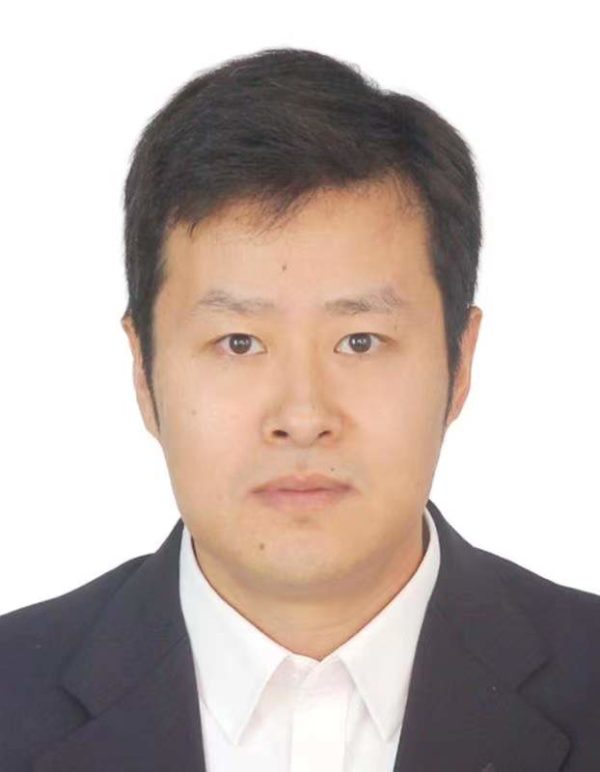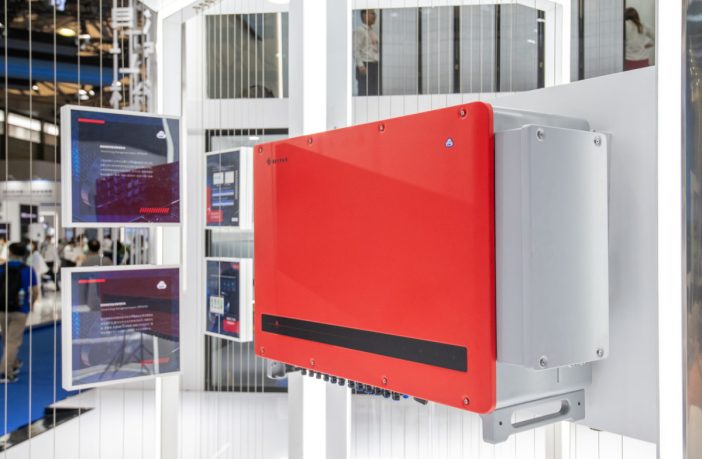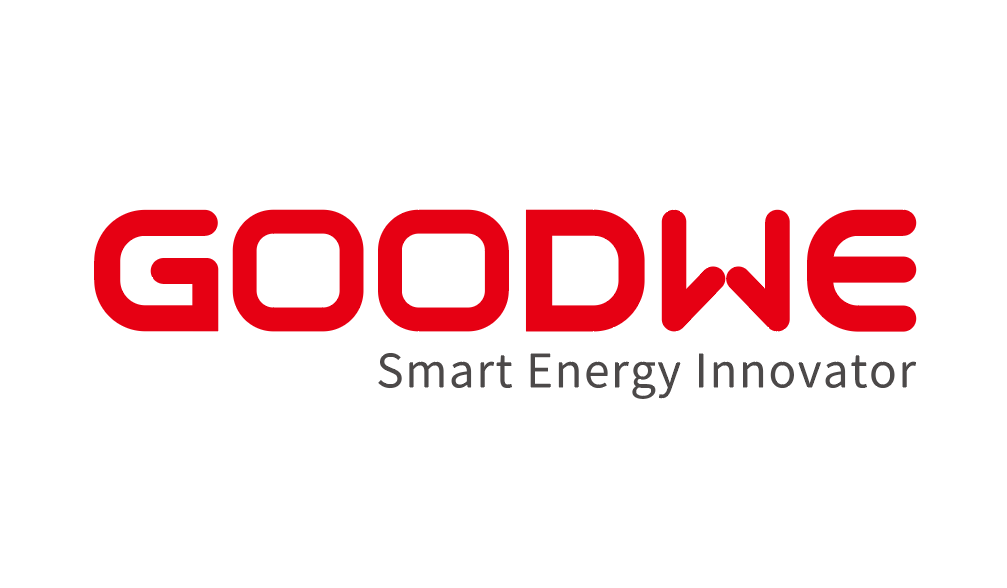
Shen Rong, Vice President of GoodWe
- According to Shen Rong, Vice President of GoodWe, the global PV market could see new installations exceeding 240GW in 2022 on the back of easing supply chain issues.
- GoodWe is a leading global supplier if inverters, offering high quality solutions for residential and commercial rooftops, industrial and utility scale systems from 0.7kW to 250kW.
- GoodWe recently opened up a new office in Johannesburg, South Africa. Read more
- In an interview with pv magazine he lays out the current challenges and opportunities this year’s solar market is likely to see, as well as discussing the PV inverter manufacturers R&D and manufacturing plans.
Shen Rong, Vice President of GoodWe: Generally speaking, the PV market experienced growth globally. However, there were some unexpected issues in 2021, which negatively impacted the industry. In early 2021, polysilicon supply started to affect downstream costs, especially PV module prices. In the middle of the year, the supply of chips, especially the Insulated Gate Bipolar Transistors (IGBTs) – a key component of inverters – was compromised and caused problems for inverter manufacturers.
How did the chip supply chain issues impact GoodWe’s PV inverter manufacturing operations?
For some chips, we tried to purchase them from alternative suppliers, which cost us a lot in terms of time and expenditures to find qualified vendors. But for IGBT modules, there are not many alternative options. One major IGBT supplier shut down its factories in Vietnam and Malaysia for over three months due to the pandemic in the middle of the year and this caused a serious supply problem. We had enough sales orders, but shipments were affected.
I think in 2022 the supply issues will continue in Q1 or even H1, but will gradually improve in the following months.
Related news: GoodWe rebrands, highlighting role of smart tech in transforming the future of energy
Since 2020, supply chain cost rises significantly affected PV installations. How did GoodWe deal with this?
In the first half of the year, due to the continuous price rises, we saw many PV projects postponed while developers waited for price drops. However, in the second half of the year, many people changed their minds. For the first time in the past 20 years, the industry experienced a price rise which challenged the expectation of ever-falling prices. And then we saw some people start to buy due to fear of inflation, which pushed solar projects forward, especially in the distributed PV market. Because GoodWe focuses on distributed and residential PV, we didn’t have trouble with orders.
How did GoodWe perform in the storage market?
As one of the earliest players in storage, GoodWe has plenty of experience in this market. And with the rapid growth of the market, we also saw fast growth in 2021. We achieved very good sales revenues in our traditional EU markets. Furthermore, we started to gain momentum in other markets which have been in progress for a while, like the US and Australia. GoodWe gained brand recognition and achieved significant growth here.
Is GoodWe providing storage inverters (PCS) only, or also integration solutions like storage systems?
GoodWe used to provide only PCS storage inverters for our customers when deploying their storage systems and we gained a good reputation in the field. However, along with the successful commissioning of a new factory manufacturing our own battery systems, we have started to provide more integrated storage systems under the GoodWe brand name.
Furthermore, we invested in R&D for integrating different parts of a storage system like BMS, EMS, and data from inverters, and built up the smart energy management system (SEMS) and all other applications on this platform, which we believe will be utilized widely in future.

GoodWe HT Series Inverter
What is GoodWe’s current production capacity? Do you have plans to expand?
By the end of 2022, when our phase II Guangde base is finished, our capacity will reach up to 25GW annually. We are also considering setting up overseas production bases, which will be evaluated in terms of location, trading barriers, local market conditions, etc.; however, the pandemic has currently stopped us from taking action on overseas expansion.
Geographically, how is GoodWe’s market distribution?
Like before, 70% of GoodWe’s revenue comes from overseas markets. We did great work in several key European markets like Italy, Germany, Spain, Poland, and the Netherlands. In Australia, GoodWe ranked among the top two inverter brands. This is not only referring to inverter shipments but also to brand recognition, based on a third-party survey report. We also achieved good scores in emerging markets. In Korea, for instance, we met the market trend for large size panel types with our latest inverter. In Brazil, our growth is as high as 100% over the last year. And in India, considering the price sensitivity, we provided diversified competitive products for our Indian customers. One very important market is the US which we believe will be a fast-growing one for GoodWe in 2022.
What are the main obstacles to exploring the US market?
I don’t see any big concerns in developing the US market. In a series of deployment experiments of our US products, we saw very good performance. I think it’s just a matter of time for US customers, end-users, and installers to recognize the brand and products.
What is the focus of GoodWe’s R&D?
Generally, one of our concerns is the safety and reliability of our inverter products. For example, an arc fault circuit interrupter (AFCI) is essential to meet safety requirements. In the US, the AFCI function is mandatory. In the EU and our domestic market, this is also becoming more and more demanded by either end-users or financial institutions like insurance companies to support a project’s bankability. With long-time research, GoodWe has taken the lead in this area. We have introduced our advanced AFCI functionalities into all our inverter products for customers.
On the other hand, we have also invested a lot in smart energy management systems to build up our soft power, which will eventually become our core competence.
From the perspective of products, we are now focusing on utility level string inverters which will help GoodWe to explore the utility-scale PV market.
How do you see the solar PV market developing in 2022?
We expect that the supply chain issues will continue into 2022 and gradually be solved. Along with the release of new manufacturing capacities from polysilicon to wafers, solar cells, and panels, prices will decrease and boost installations. As for inverter production, domestic chip suppliers will take some shares. Considering the carbon emission targets of overseas markets and the construction of renewable energy bases in China, the demand for solar PV will be very strong. We believe there will be a 30-40% increase for overseas installations. For China, it will be higher, maybe a 100% increase. Global installations may well exceed 240GW in 2022.
Author: Vincent Shaw
This article was originally published in pv magazine and is republished with permission.
For enquiries on the GoodWe inverter range offered in South Africa and the rest of the continent call +27 (0)10 055 3164 or mail: sales.africa@goodwe.com

















